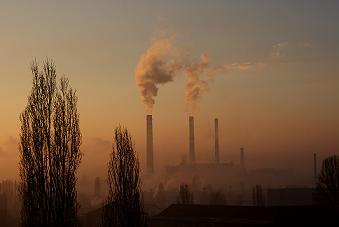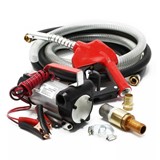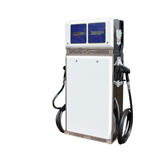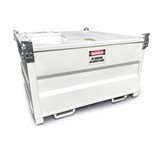That is the great hope raised by researchers who believe they have found a radical new path to the ultimate goal of solving the world's energy crisis through nuclear fusion power, as detailed in a paper published in the journal Energy and Environmental Science.
The international team of researchers - led by Emeritus Professor Heinrich Hora, of the UNSW Department of Theoretical Physics - has shown through computational studies that a special fuel ignited by brief but powerful pulses of energy from new high-energy lasers may be the key to a success that has long eluded physicists.
The intense laser beam would be used to ignite a fuel made of light hydrogen and boron-11. The resulting ignition would be largely free of radioactive emissions and would release more than enough energy to generate electricity.
The amount of radiation released would be even less than that emitted by current power stations that burn coal, which contains trace amounts of uranium. In another plus, the fuel source is plentiful and readily accessible and the waste product of ignition would be clean helium gas.
"This has the potential to be the best route to fusion energy," says Steve Haan, an expert in nuclear fusion at Lawrence Livermore National Laboratory in California, in a news report in the Royal Chemical Society's Highlights in Chemical Technology.
Both Haan and Hora caution that the study only demonstrates the potential of the new process and that much work would need to be done to demonstrate it in practice.
The conventional fusion process uses highly compressed spheres of deuterium and tritium as fuel. Hora says the proposed new process overcomes previous objections to hydrogen-boron-11 fuel because it would not have to be compressed and therefore need much less energy than previously thought to start the ignition.
"It was a surprise when we used hydrogen-boron instead of deuterium-tritium," says Hora. "It was not 100 000 times more difficult to ignite, as it would be under the usual compression process. It would be only 10 times more difficult, using the latest generation of lasers."
As it happens, a unique new laser capable of producing the required amount of ignition energy is in its early stages of testing in the US at the Los Alamos National Laboratory.
Another extraordinarily powerful US laser known as the National Ignition Facility has been built at Lawrence Livermore National Laboratory: "It is the largest laser on earth and has cost about US$ 4 billion," he says. "The laser pulse of about few billionths of a second duration produces 500 times more power than all US power stations."
Professor Hora, who founded the UNSW Department of Theoretical Physics in 1975 and has been an Emeritus Professor since 1992, is known for his work on the theory of fusion energy with lasers.









-160x160-state_article-rel-cat.jpg)
